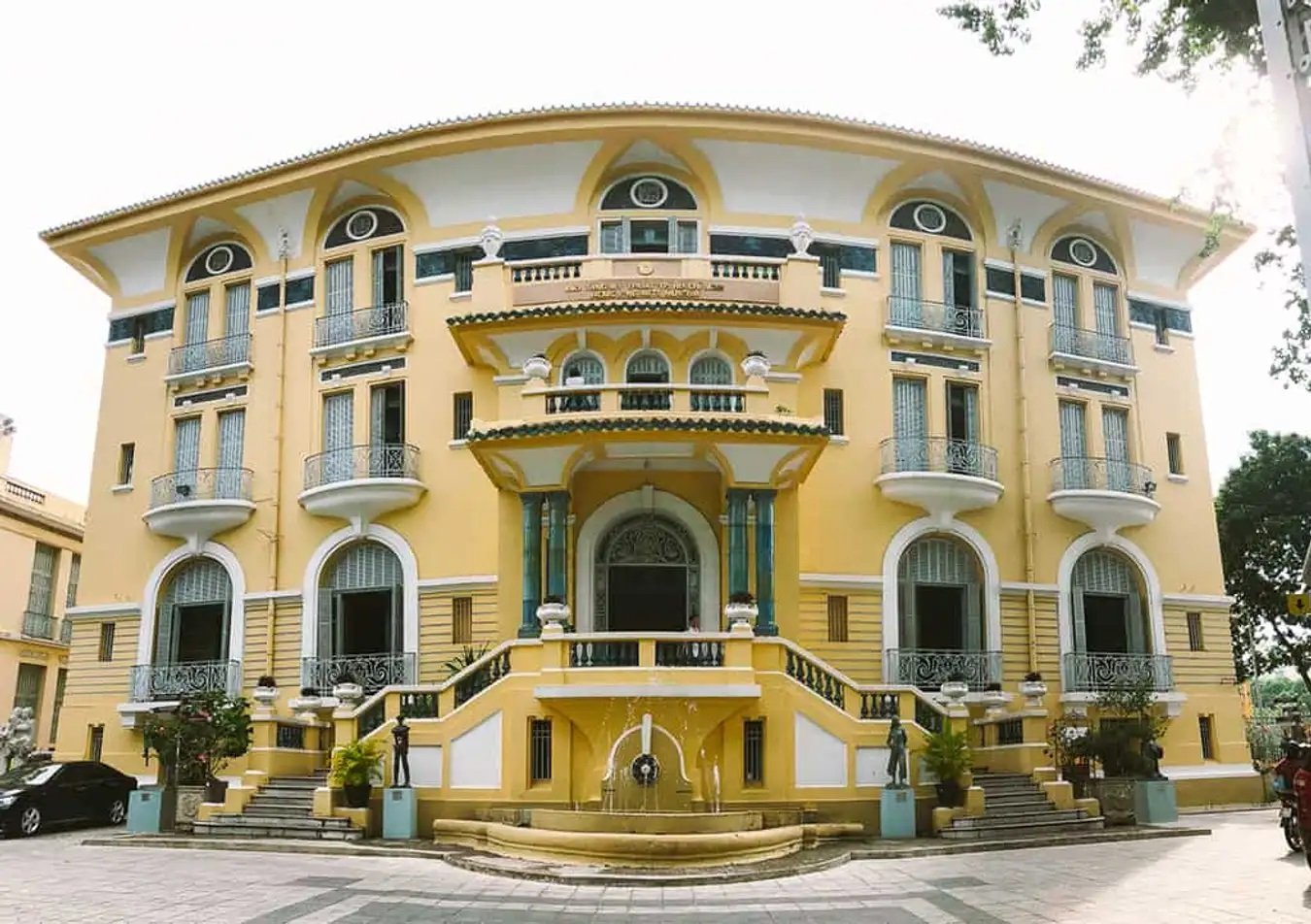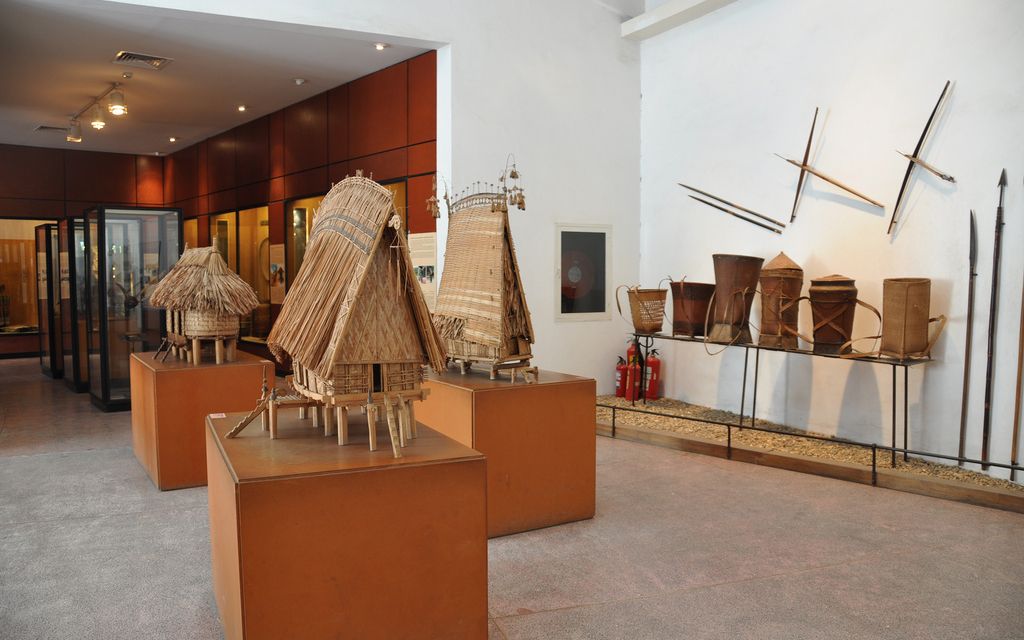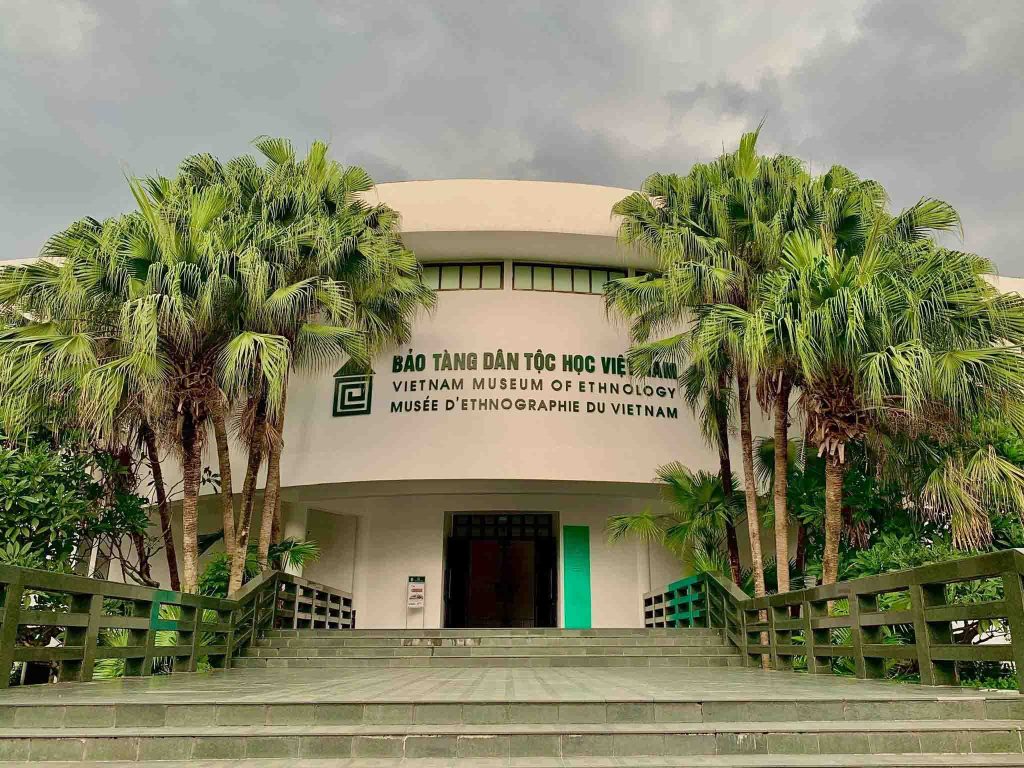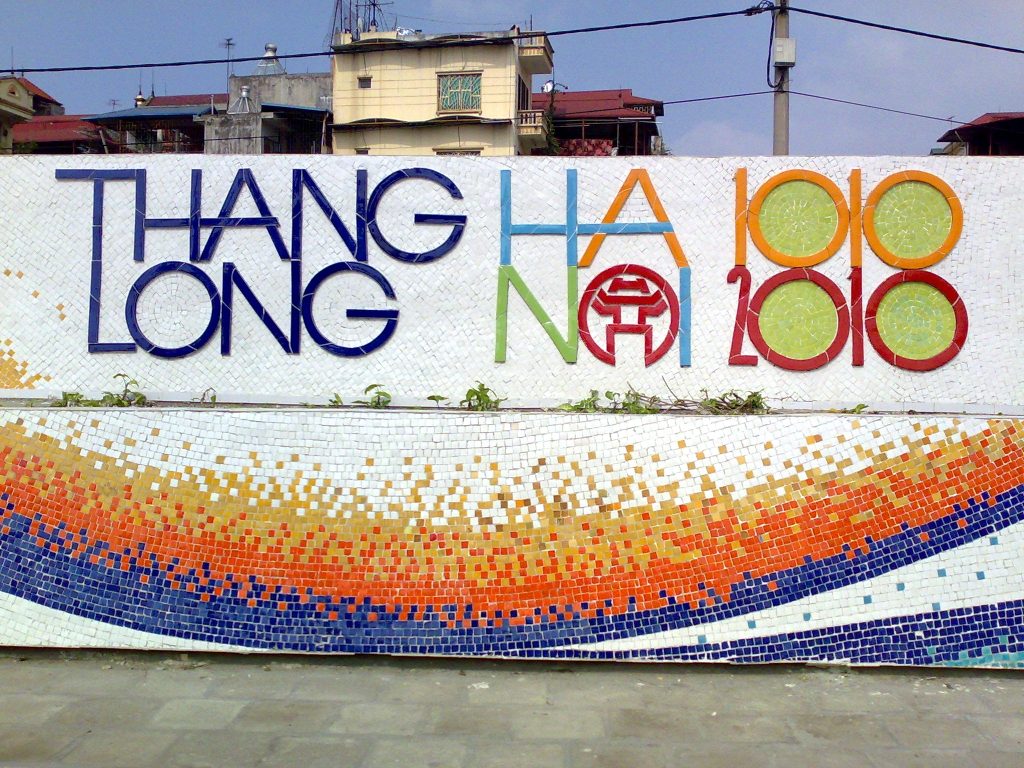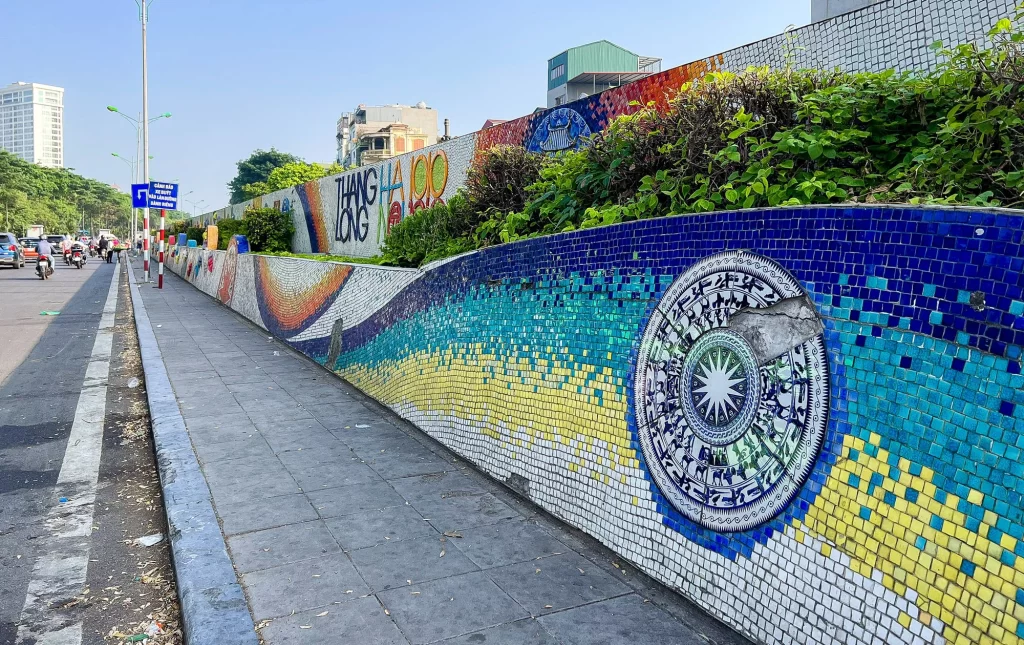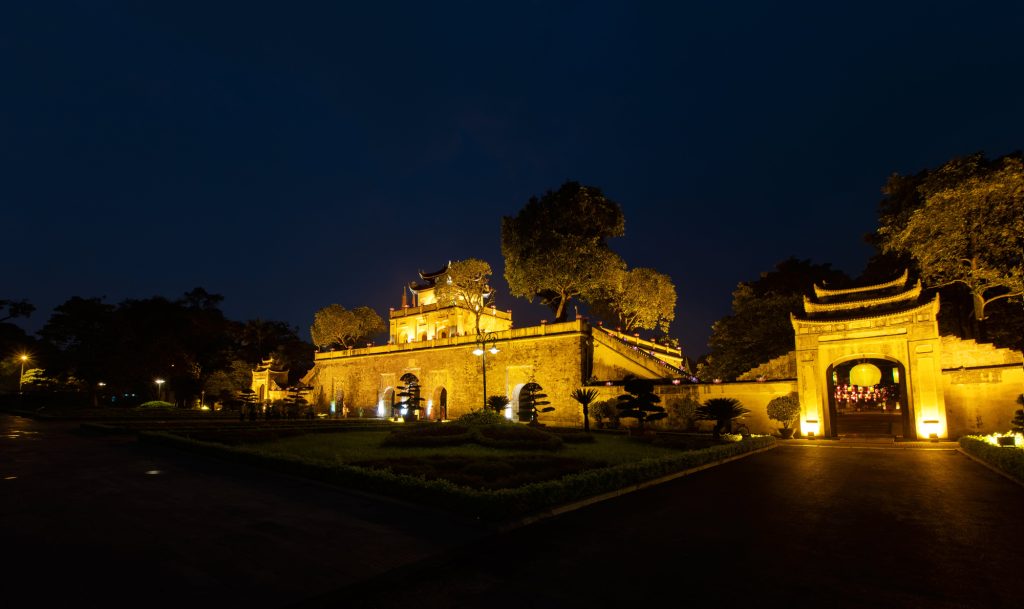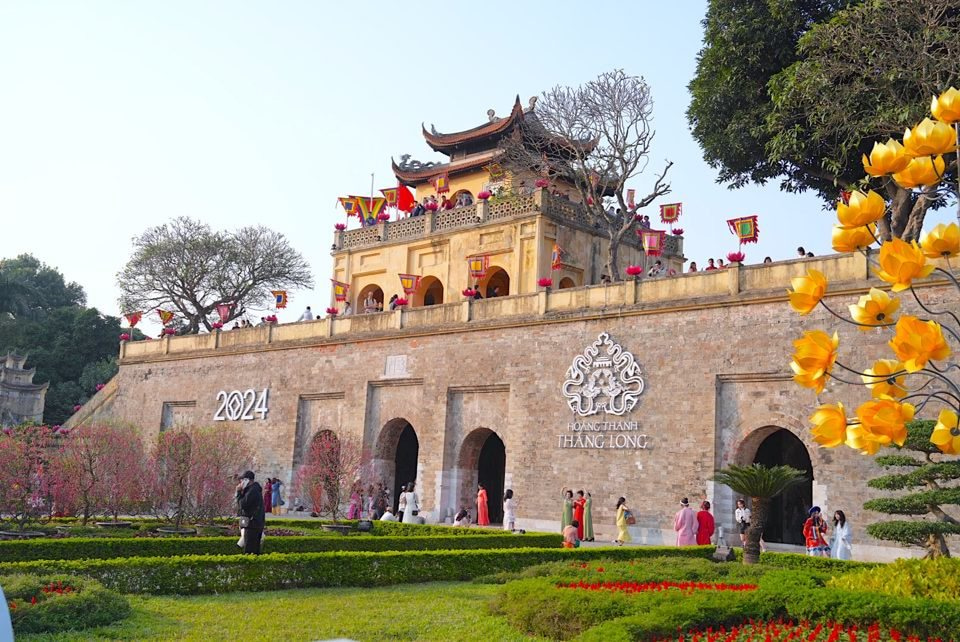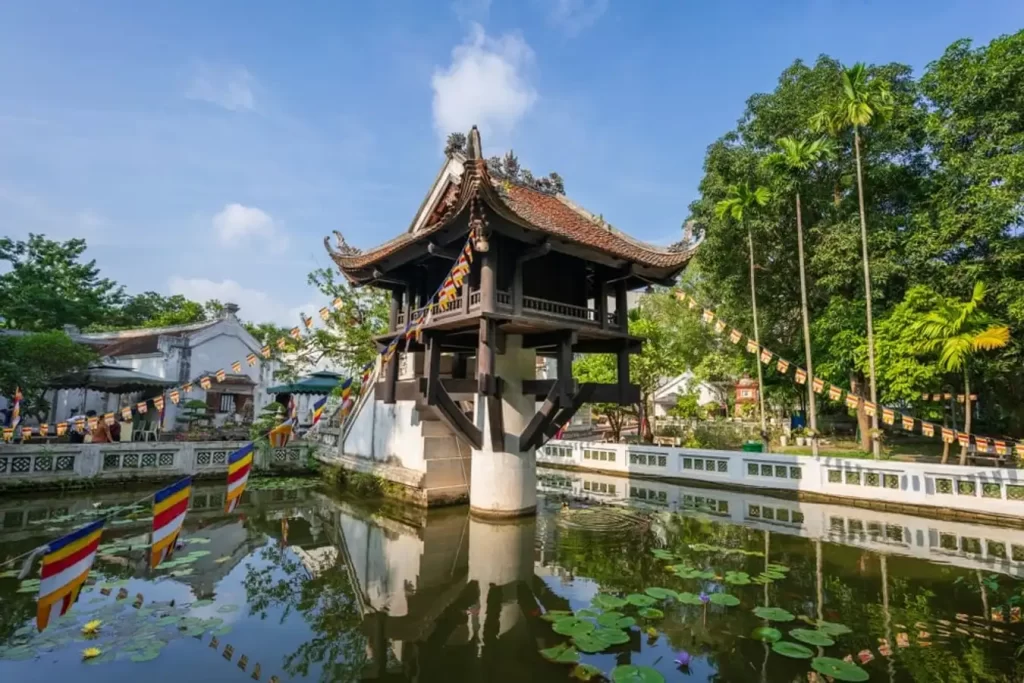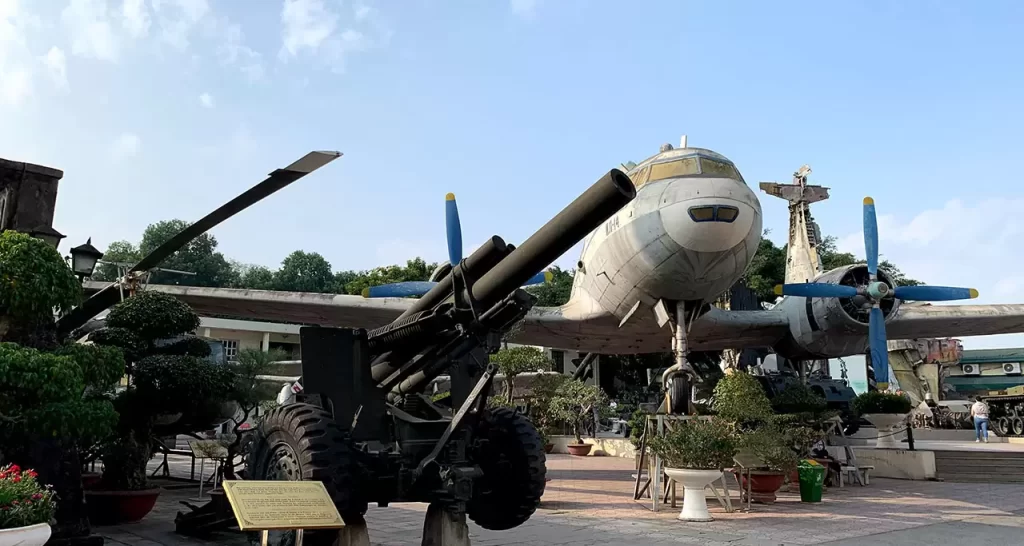Explore Artistic Treasures at the Ho Chi Minh City Museum of Fine Arts
Exploring the artistic treasures at the Ho Chi Minh City Museum of Fine Arts offers a journey through Vietnam's rich cultural heritage and creative expression. The museum features a significant collection of traditional Vietnamese paintings, celebrated for their delicate brushwork, vivid colors, and depictions of daily life, landscapes, and folklore.
Location: 97 Duc Chinh Ward, Nguyen Thai Binh Ward, District 1, Ho Chi Minh City, Vietnam (click here to open google map)
Overview of Ho Chi Minh City Museum of Fine Arts
Address and General Information
Address: No. 97A, Pho Duc Chinh Street, Nguyen Thai Binh Ward, District 1, Ho Chi Minh City
Opening hours: 8:00 am - 5:00 pm daily
Entrance fee: 30,000 VND for adults and 15,000 VND for students with valid student cards
Historical Background
The Ho Chi Minh City Museum of Fine Arts was established in 1987, though its collection includes pieces dating back much further. Initially known as the "Gia Long Palace," the building was constructed in the early 20th century during the French colonial period and originally served as the residence of the French governor of Cochinchina.
Architectural Significance
The museum building itself is an architectural masterpiece, blending French colonial and traditional Vietnamese design elements. Its grand facade, intricate details, and spacious galleries provide a fitting setting for the extensive collection of artworks housed within.

Art Collections
The museum boasts an extensive collection of artworks, including paintings, sculptures, ceramics, lacquerware, and more. These pieces span various periods of Vietnamese art history, from ancient artifacts to contemporary works.
Highlights and Exhibits
Visitors can explore the evolution of Vietnamese art through the museum's diverse collections. Highlights include:
Exploring the artistic treasures at the Ho Chi Minh City Museum of Fine Arts offers a journey through Vietnam's rich cultural heritage and creative expression. Each artwork tells a unique story, providing insight into the country's history, traditions, and artistic evolution. The museum's serene and inspiring atmosphere makes it a must-visit destination for art enthusiasts and cultural explorers alike.
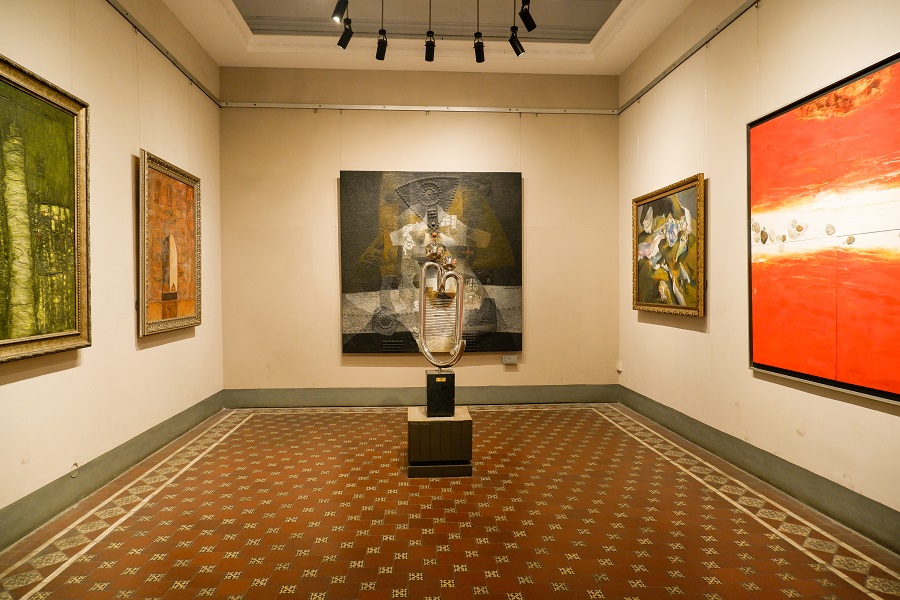
Brief history of the Ho Chi Minh Museum of Fine Arts
Initially, the Ho Chi Minh City Museum of Fine Arts was owned by Hua Bon Hoa, a Chinese-born trader who emerged as one of Southern Vietnam's wealthiest businessmen during the colonial era. Hua Bon Hoa's influence in Saigon was significant, as he owned numerous prominent buildings in the city, including Tu Du Hospital, the Majestic Hotel, and the Ho Chi Minh City Emergency Center.
Historical Development
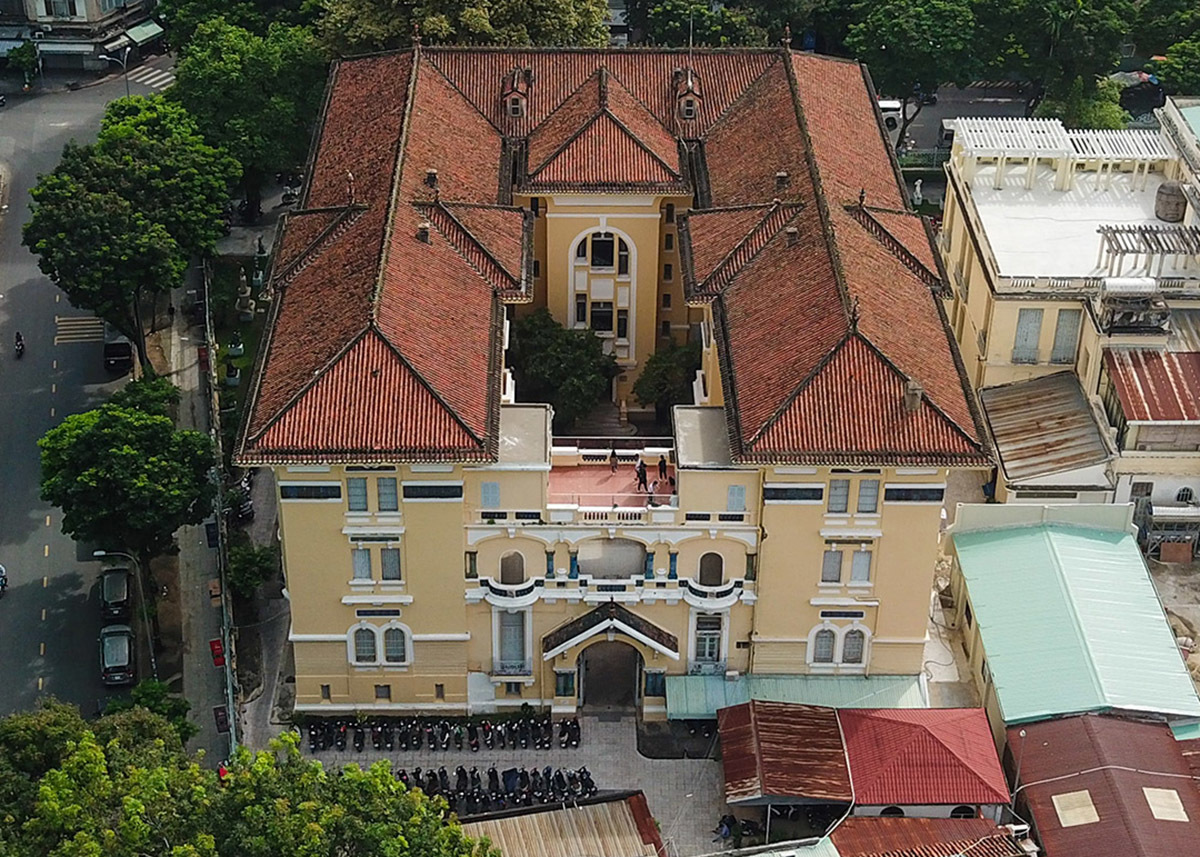
Things to experience when at the Ho Chi Minh Museum of Fine Arts
1. Explore the structure and architecture of the museum
Take a moment to appreciate the architecture of the museum building itself. Originally constructed as the "Gia Long Palace" during the French colonial period, the building features a blend of French colonial and Vietnamese architectural elements, making it a work of art in its own right. This fusion of styles can be seen in the elegant lines and intricate details that adorn the structure.
The Ho Chi Minh City Museum of Fine Arts, an exemplar of Art Deco architecture, harmoniously combines the most charming characteristics of both Asian and European designs. Spanning 3,514 square meters, the museum is divided into three buildings, each serving distinct functions:
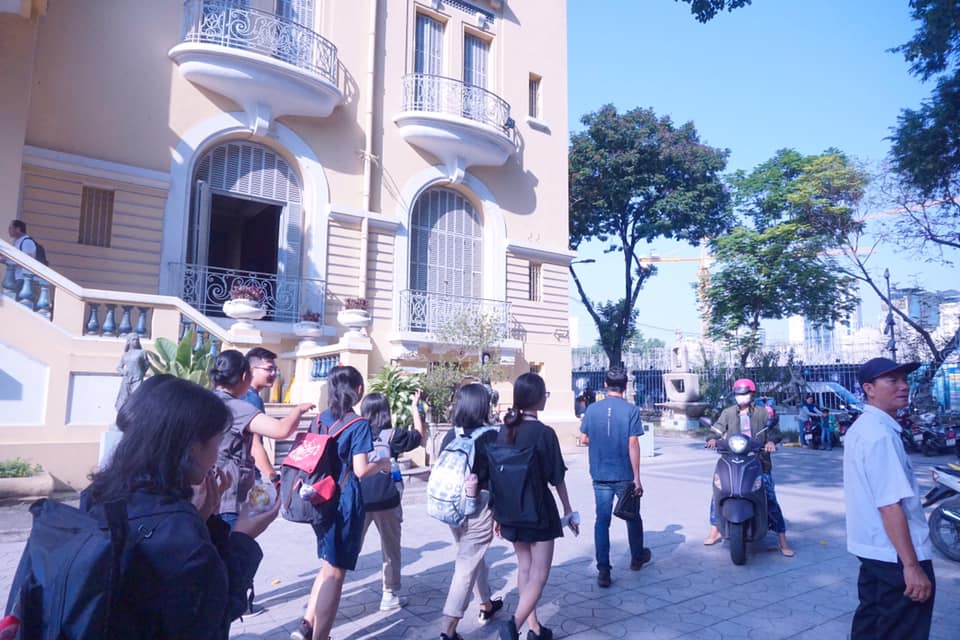
2. Contemplate the collections exhibited in the museum
Take your time to wander through the museum's permanent collection, which showcases a diverse range of artworks spanning different periods, styles, and mediums. As you explore, you'll encounter traditional Vietnamese paintings that capture the essence of local culture and history, alongside French-influenced works that reflect the country's colonial past.
The museum also features modern sculptures, which demonstrate the evolution of artistic expression in Vietnam, and exquisite lacquerware that highlights the unique craftsmanship of Vietnamese artisans. Additionally, the collection includes beautiful ceramics and various other mediums, offering a comprehensive view of the rich and varied artistic heritage of Vietnam.
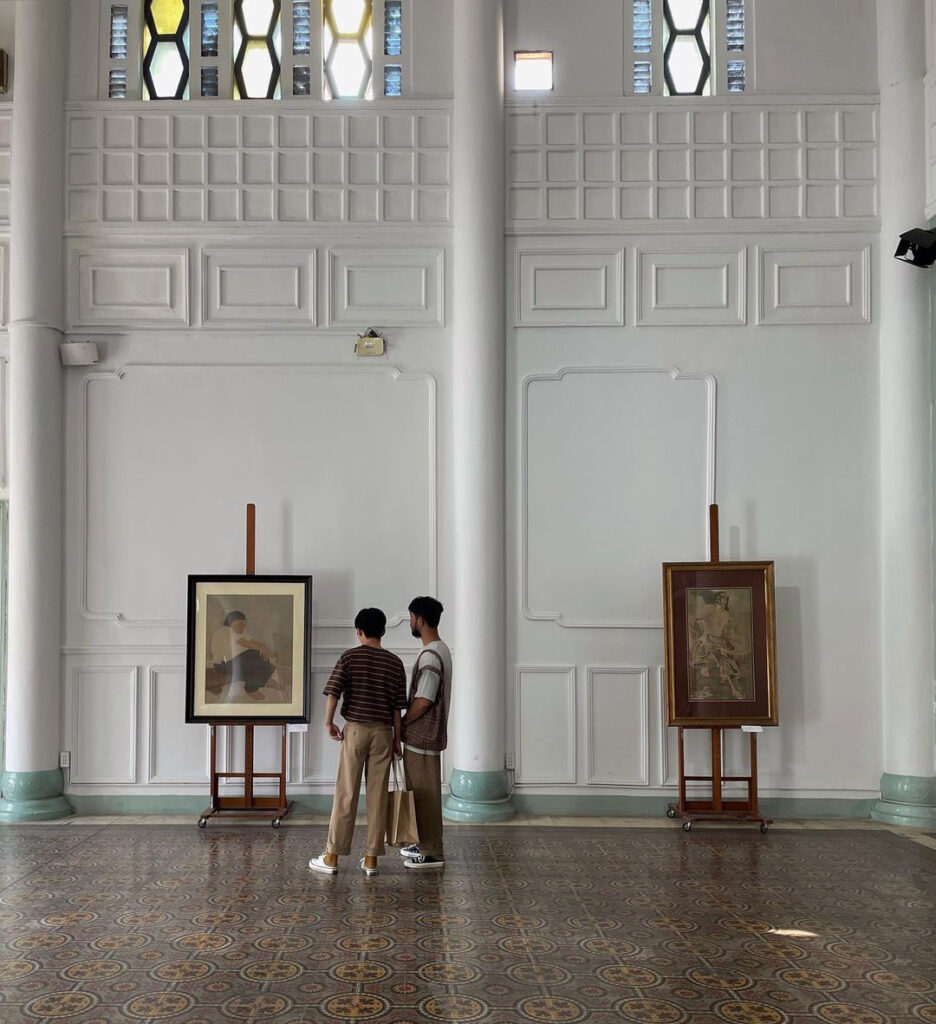
3. Take artistic photos in the museum
The museum is also well-known for its distinct beauty, particularly its entrance adorned with beautiful red yin and yang tiles, which immediately captivate visitors with their symbolic design. The stained glass windows, featuring outstanding patterns, add a touch of elegance and color to the space, creating a mesmerizing interplay of light and art. The swirling staircase, painted in vibrant colors, is another highlight, offering a striking visual experience as you move between floors. Every corner of the museum provides a perfect backdrop for photography, allowing you to capture the charm and artistic ambiance of this remarkable building.

Regulations for visitors of Ho Chi Minh City Museum of Fine Arts
To ensure a pleasant and respectful experience for all visitors, please adhere to the following guidelines during your visit:

